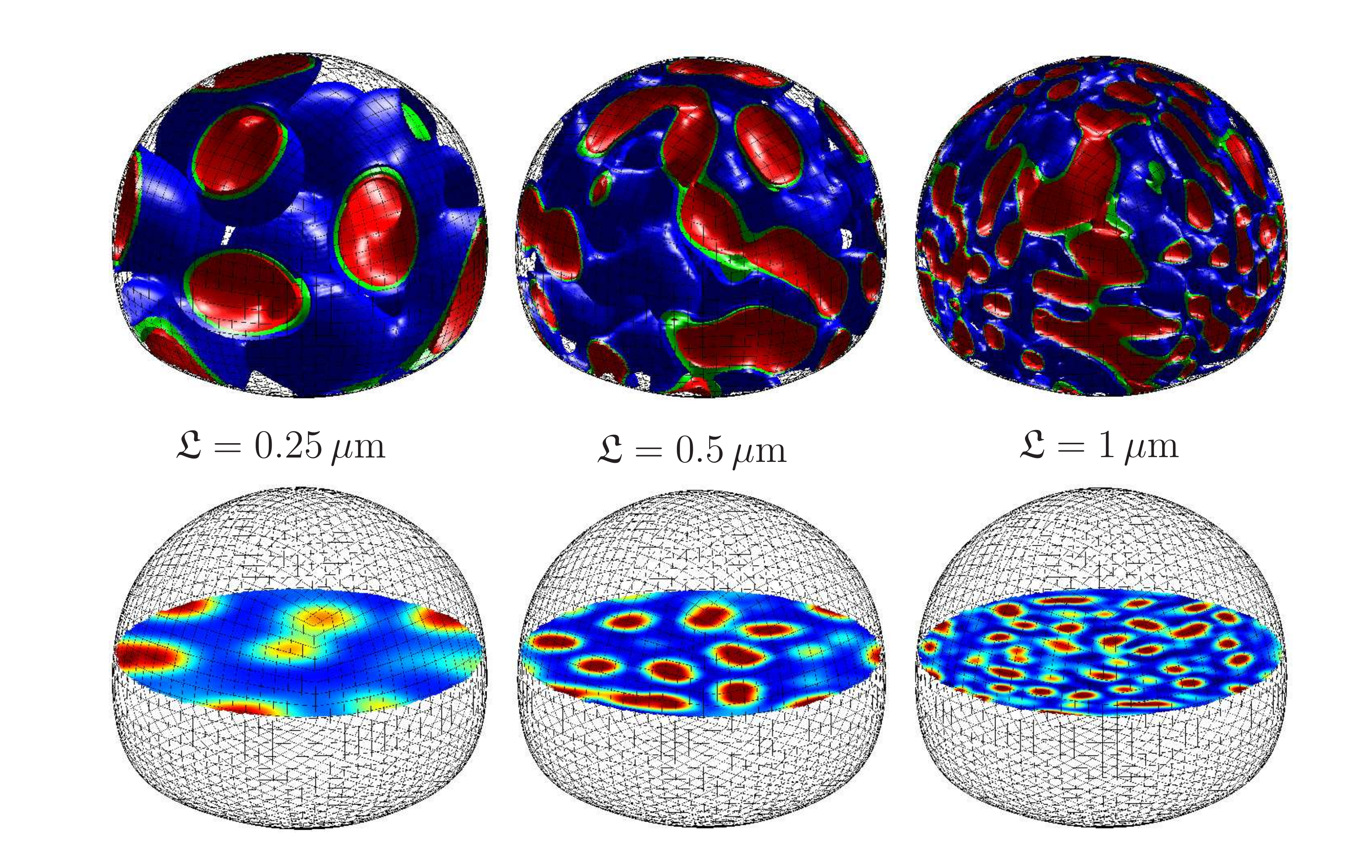DFG-Projekt WE 2525/4
In modern technical applications various multiphase mixtures are used to meet demanding mechanical, chemical and electrical requirements. Their range of applications covers lightweight design of automotive components and jointing materials in microelectronics as well as protective coatings and advanced medical applications. Consequently, in order to understand the structural properties of the macroscopic material, it is important to capture the microstructural evolution of these mixtures.
Until recently, material modeling and studies on microstructure have mainly been subjects of empirical sciences. Systematic experimental observations provided the key to derive constitutive and structural properties of the considered materials. Meanwhile, however, mathematical simulation of materials on different length- and timescales are a matter of great scientific interest. Now the main objective is to develop a model and to perform numerical simulations in order to gain an understanding of the physical processes within the material.
The overall goal of the advised research project is to provide a simulation tool for studying and analyzing diffusion controlled aging in engineering multicomponent structures; special emphasis is put on long-term phase growth. The simulations will base on a NURBS based finite element analysis. The major difference to existing numerical tools will be the ability of the program to account for realistic geometry, composition and loading regimes of solid mixture components. Selected numerical results will be verified experimentally.

As object of demonstration serve here binary and ternary brazing solder alloys, specifically Ag-Cu and Ag-Cu-Zn, subjected to thermomechanical and electro-thermal loading. Such alloys are typically employed to join metallic surfaces in a high temperature range, e.g. in automotive control units and at solar panels. Alloys of copper with either zinc or silver are the most common braze alloys. Silver provides mechanical strength but reduces ductility at low temperatures. Zinc lowers the melting point and is low cost but it is highly susceptible to corrosion. During operation these solder alloys are known to decompose into metallurgical defined phases. The evolved microstructure exerts a significant effect in very small components such as interconnects and solder bumps in microelectronic packages. With the continuing strive toward downsizing and higher functionality of devices demand for finer bump sizes is increasing; meanwhile, solder bumps of less than 50 microns in diameter are developed.
In conclusion, the project will lead to a computational tool allowing the simulation of full multi-component structures like solder balls subjected to thermo-mechanical loading. The numerical model, validated and adjusted by means of experimentally obtained aging results, will allow for an efficient prediction of spinodal decomposition and phase coarsening in real world applications. Furthermore, mastering a competitive simulation tool for diffusion induced aging of multi-material engineering components will allow to incorporate additional electrical, chemical and mechanical fields as well as and surface phenomena (corrosion) in future research.
Group.: M.Sc.-Math Stefan Schuß (Universtity of Siegen), Dr. Christian Hesch, Prof. Kerstin Weinberg (University of Siegen)